
Artist Shahrzad Ghaffari in front of her work-in-process at Leighton House. Photograph by James Houston
Leighton House, the former home and studio of British artist Frederic Leighton, was once a lively meeting place for artists and writers who would gather beneath the domed ceiling of the elaborate Arab Hall (named after the vast collection of Middle Eastern tiles adorning its walls) to converse and listen to music. Now, a major renovation, including the construction of a new wing, seeks to reestablish the house as a creative hub by inciting a dialogue between its Victorian heritage and contemporary visual culture through a programme of events, exhibitions and artist collaborations. Ahead of its reopening later this year, Millie Walton visited the museum to speak to Shahrzad Ghaffari, the first contemporary artist to be commissioned by Leighton House, and preview her work-in-progress
LUX: Much of your work is inspired by Persian poetry. How do you see the visual medium of painting interacting with poetry?
Shahrzad Ghaffari: Painting has been my passion since I was a child. Everybody always knew what to buy me: paper, crayons, paints. Then, slightly later on, I became interested in poetry and started to read a lot but the two came together when I was experimenting with trying to find my own style in painting, an honest way of expressing what’s within.
Follow LUX on Instagram: luxthemagazine

Ghaffari at work. Photograph by James Houston
LUX: Oneness, your mural for Leighton House, is based on a poem by Rumi. What was your process for coming up with the composition?
Shahrzad Ghaffari: I started with the poem in mind, but the shape of the composition took some time to develop through sketching. That said, I had a clear idea of what I wanted to do when I walked into the space. I chose silver for the background, for example, because there’s a lot of gold in the old wing of the house and silver responds to that in a modern way. In a way, I think it also works as a kind of mirror, reflecting the heritage of the house just as the shape of the form mimics the spiral movement of staircase. The textured surface, however, makes reference to the notion of history. I built it up in layers of acrylic paint mixed with mediums, but nothing is scraped away. Each layer is applied on top of the next and has its own story. Then, the turquoise I’ve used for the abstract form is traditionally the colour of hope in Persian culture, but it also pays homage to the turquoise tiles in the Arab hall while the bits of burnt orange that you can glimpse through the background are supposed to represent the red bricks of the building’s facade.
LUX: Have you painted a mural of this scale before?
Shahrzad Ghaffari: No, I haven’t and it has been quite challenging! I originally intended to project the calligraphy onto the wall, which is what you would normally do with a mural so that you can then trace it, but I couldn’t because the space is so tight. Instead, I made a grid and did everything by hand. That said, it has been a lot of fun too, especially painting the upper part near the skylight at the top of the stairs.

A render of Oneness by Shahrzad Ghaffari. Courtesy of Leighton House
LUX: In a more general sense, what role do you think public art can, or should play?
Shahrzad Ghaffari: As the name suggests, public art is for the public so it must be able to connect with its audience, which, in this case, are the visitors to the museum. I also think it needs to be loud enough or perhaps, unusual enough to make people pause in front of it, to pull them out of their everyday life and to convey its message in just a few seconds. In a way, public art acts like a bridge between architecture and the public because it echoes what the architecture wants to convey but often, in a more accessible way.
Read more: The Best Exhibitions to see in March
LUX: Which artists or movements have influenced your practice?
Shahrzad Ghaffari: When I was younger, I was quite heavily influenced by Impressionism. When I was studying art they would make us copy classical works and so, when I first encountered the looseness of Impressionism it felt very freeing. I think that had, and continues to have a big influence on my work. Also, the light! I always try to incorporate something that reflects light, like the silver I’ve used in Oneness. I remember first seeing Gustav Klimt’s The Kiss and feeling so drawn to it for that same reason.
LUX: What is it about paint, as a material, that appeals to you?
Shahrzad Ghaffari: I use paint for two reasons. The first is to create something very visually strong. I want to engage the viewer, to captivate them. But I also use it to reflect my emotions. I used to mainly paint with oil and I recently changed to working with acrylic for the practical reason that I live in Canada and oil takes ages to dry, but using acrylic has also changed the way I work because you have to paint very quickly.
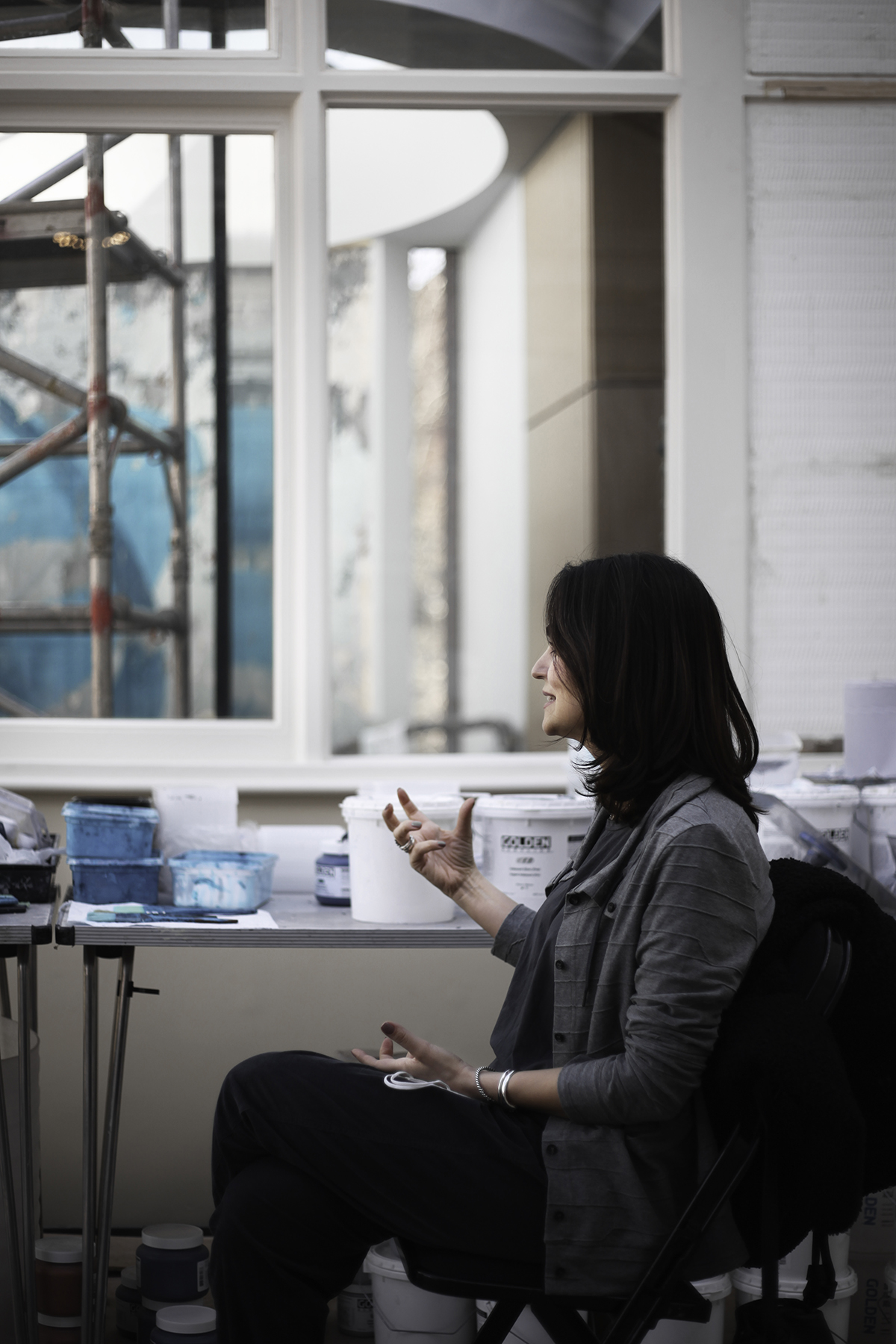
Photograph by James Houston
LUX: Do you have to be in a particular state of mind to create?
Shahrzad Ghaffari: Yes. I can’t just sit and start painting. For me, [the creative process] starts with a strong feeling. It could be happiness, for example. Then, I take the brush and I start to act upon that feeling, usually very quickly. The mural is different because the composition is planned, but usually I have three or four canvases that I’m working on simultaneously and that helps me because I might not be in the mood to work with red paint, for example.
LUX: Do you paint every day?
Shahrzad Ghaffari: Even if I’m not painting, I show up in my studio every day. Maybe, I’ll write something down instead, but I have to show up. That’s very important.
LUX: What else do you have coming up?
Shahrzad Ghaffari: I have a show of my works here at Leighton House, when then museum reopens, and I’m also looking into exploring NFTs – mainly out of curiosity. I think as an artist, you should always be open to everything, to exploring all the tools that are on offer. That’s what it’s all about it, it’s what motivates you to keep making. Where curiosity stops, the creative process ends.
To find out more about Leighton House, visit: rbkc.gov.uk/museums/
Follow Shahrzad Ghaffari on Instagram: @shahrzadghaffariart





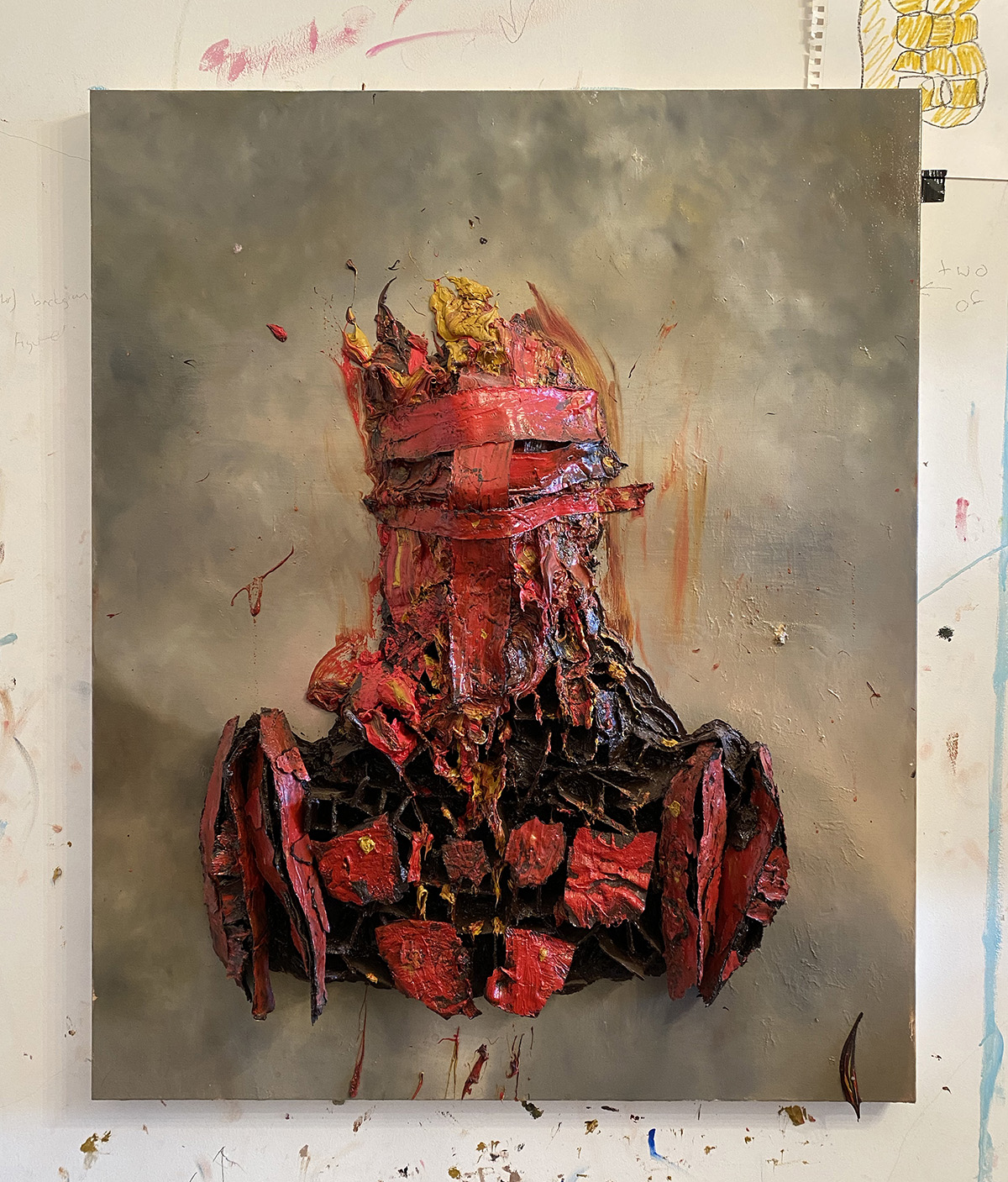



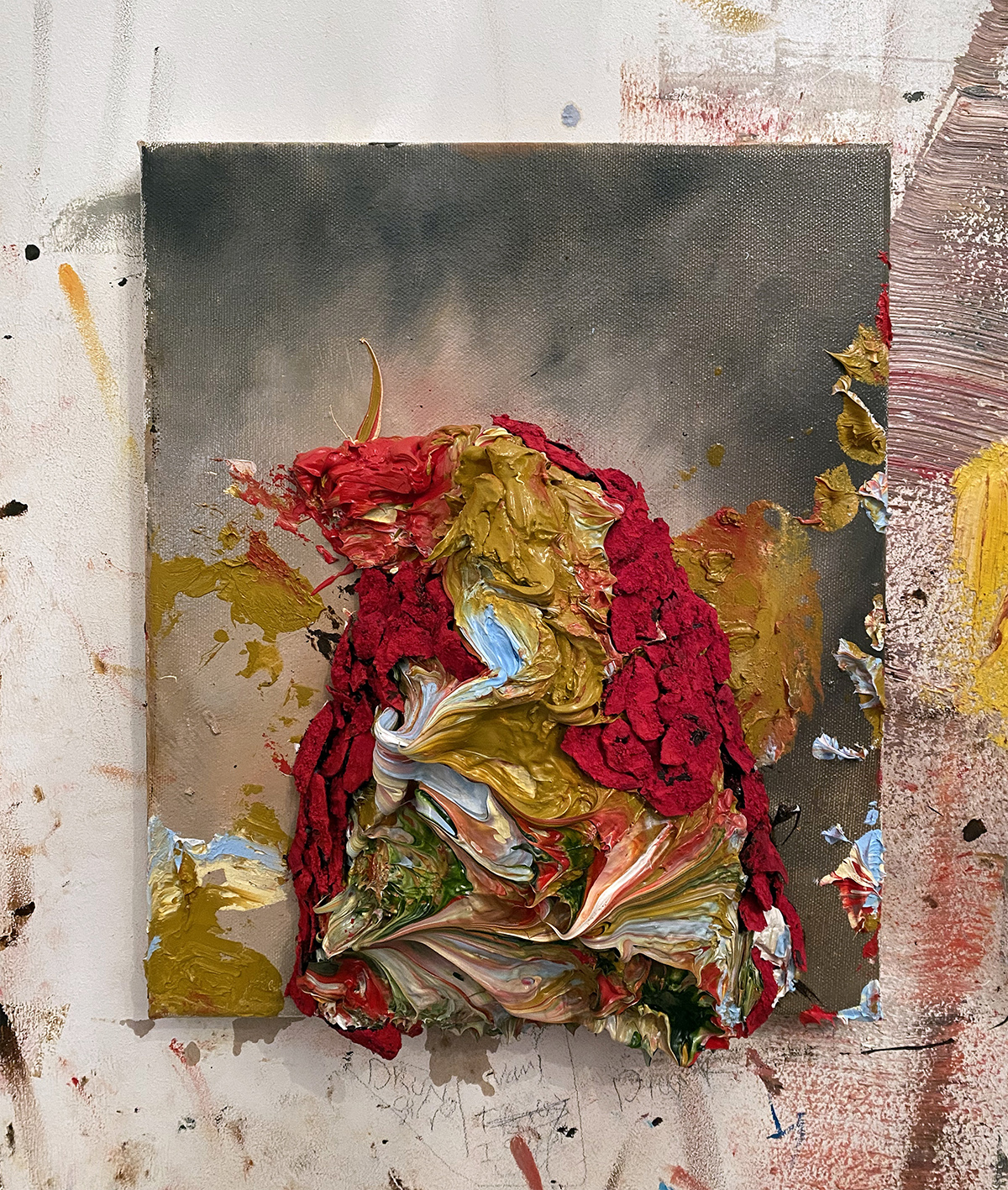


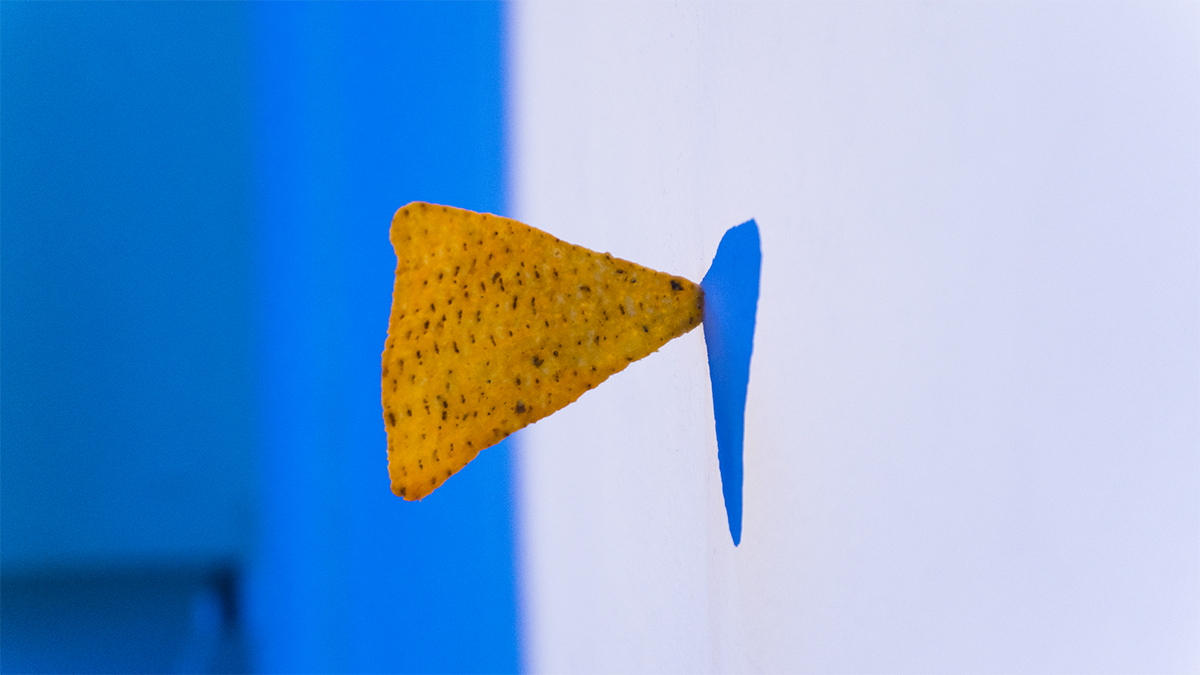
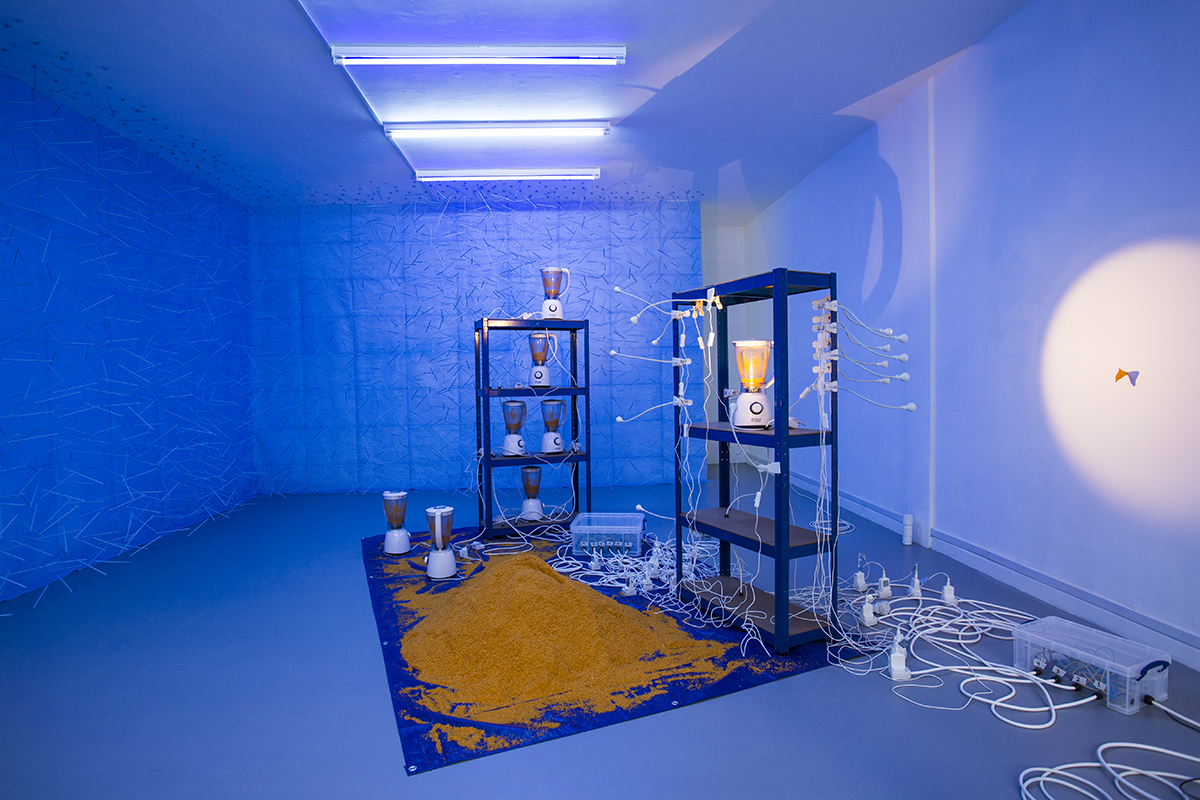





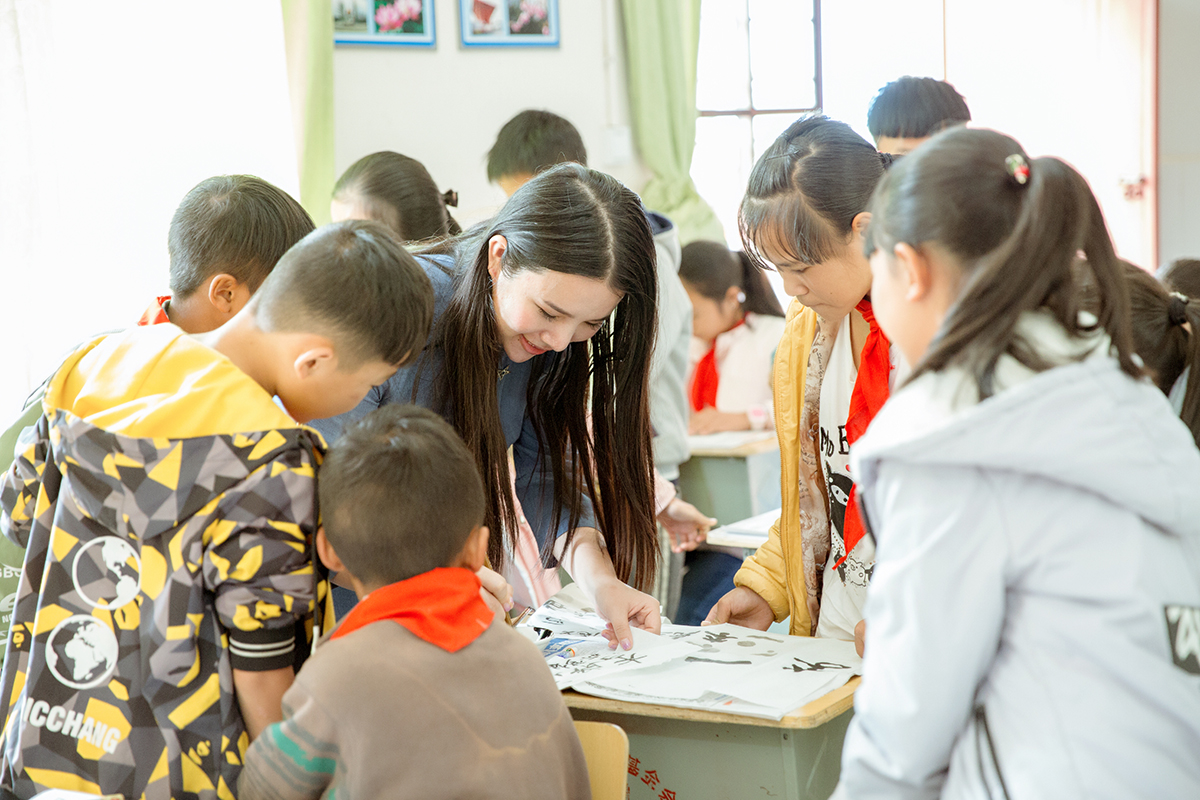










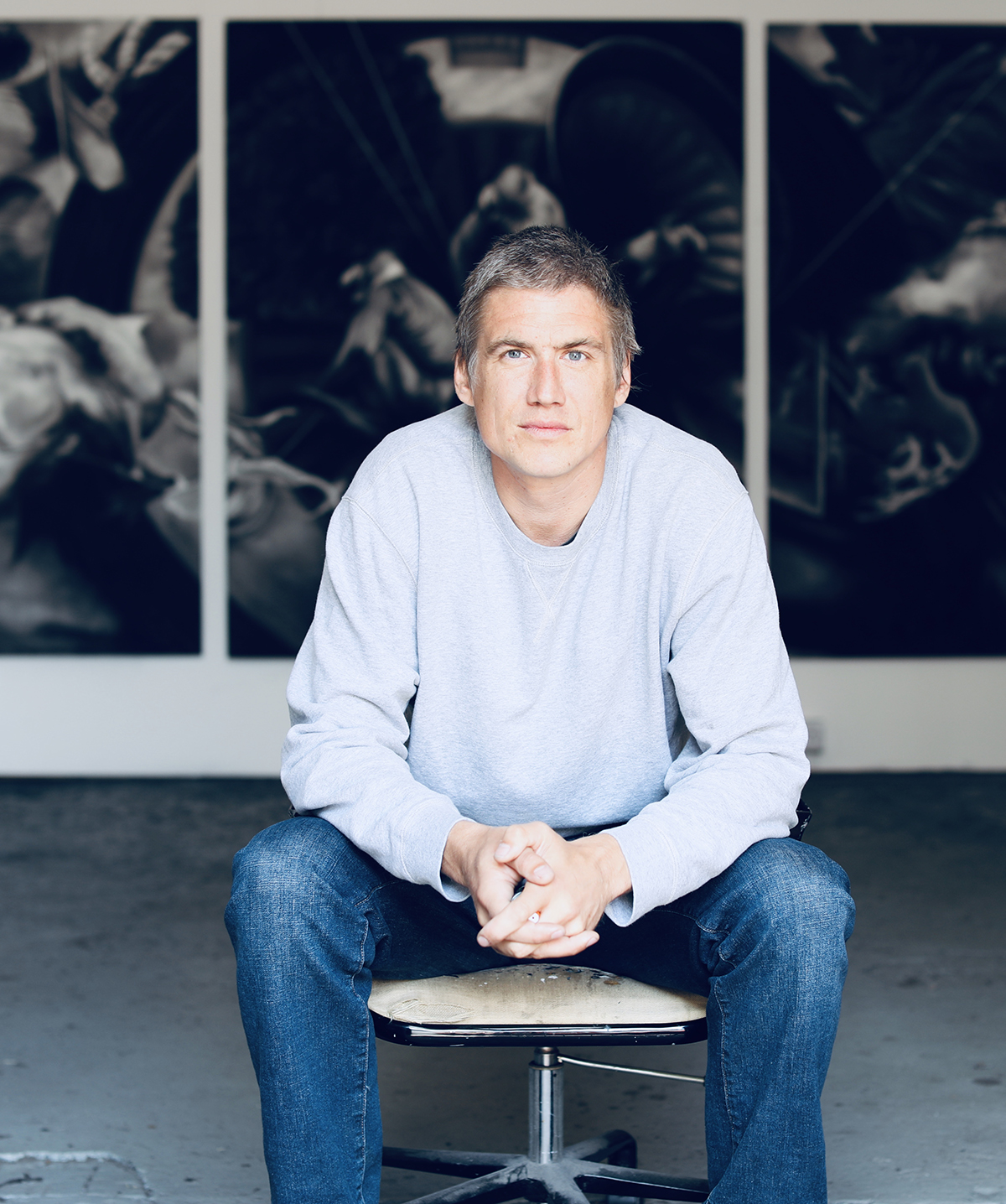



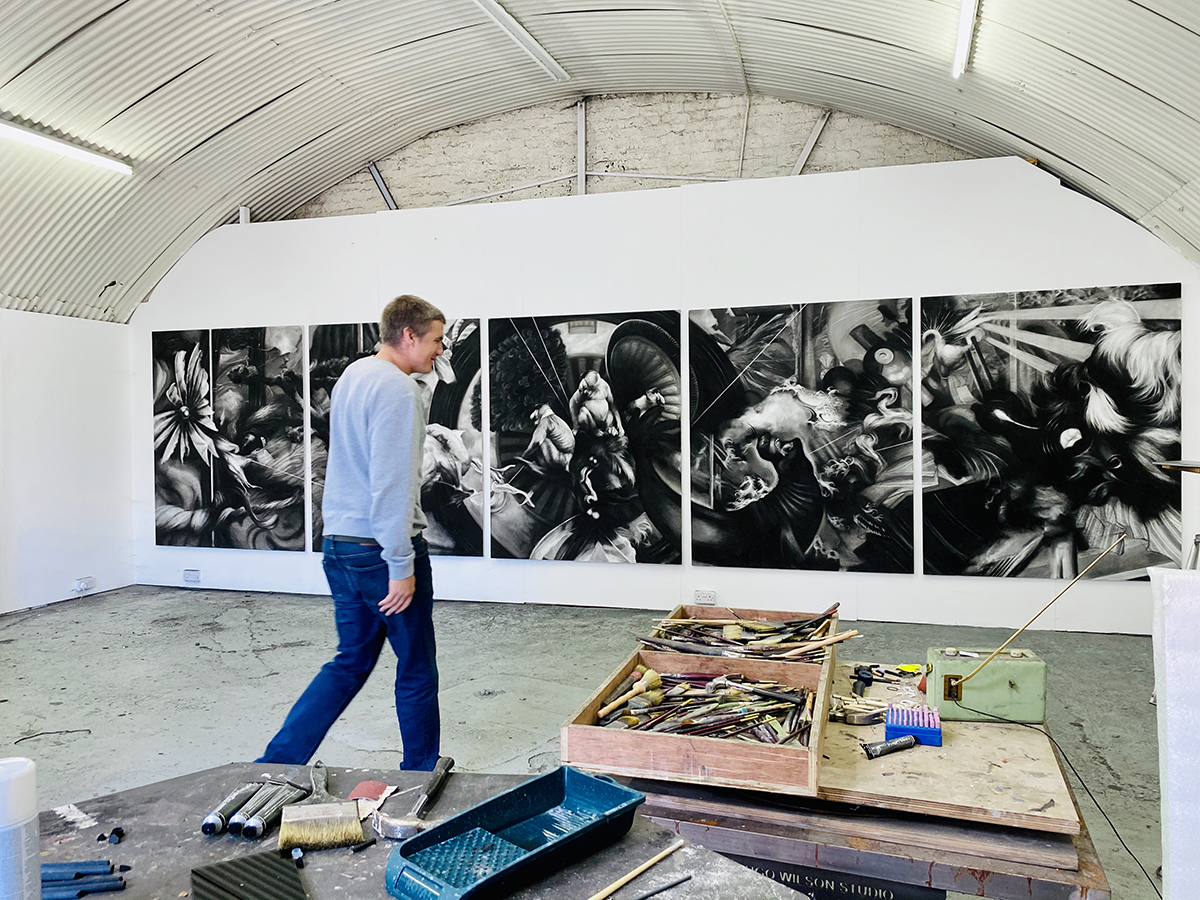













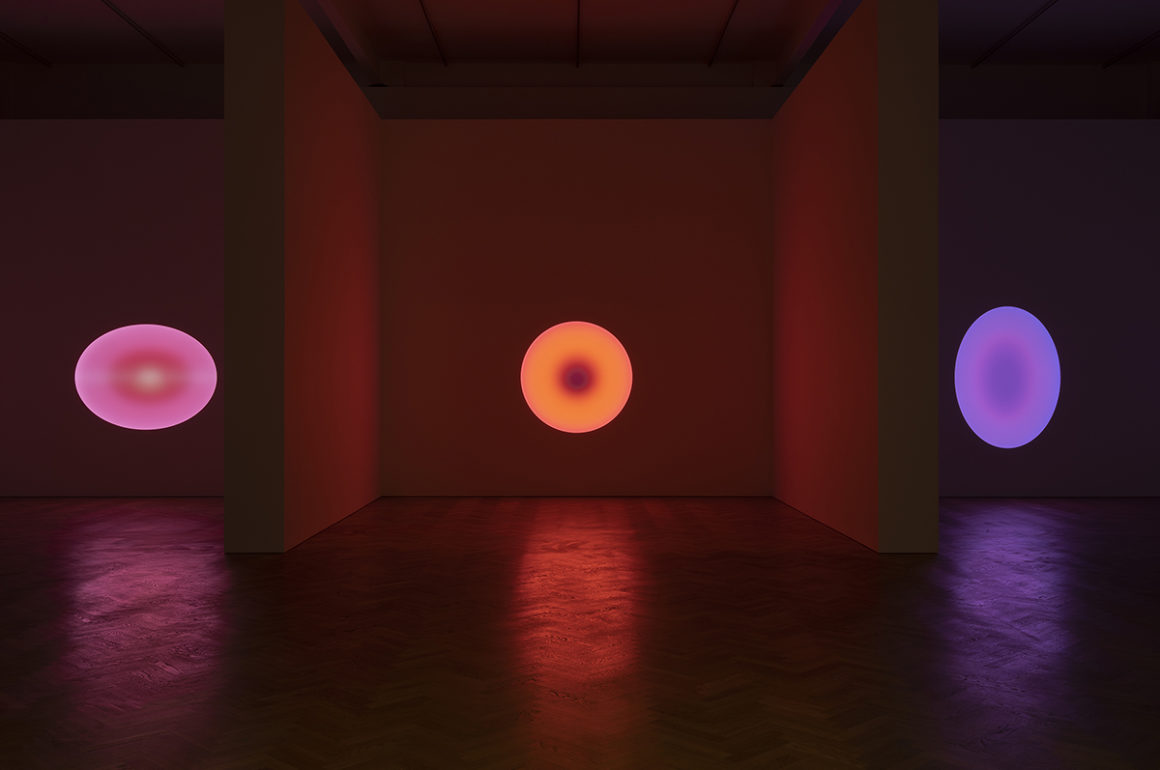
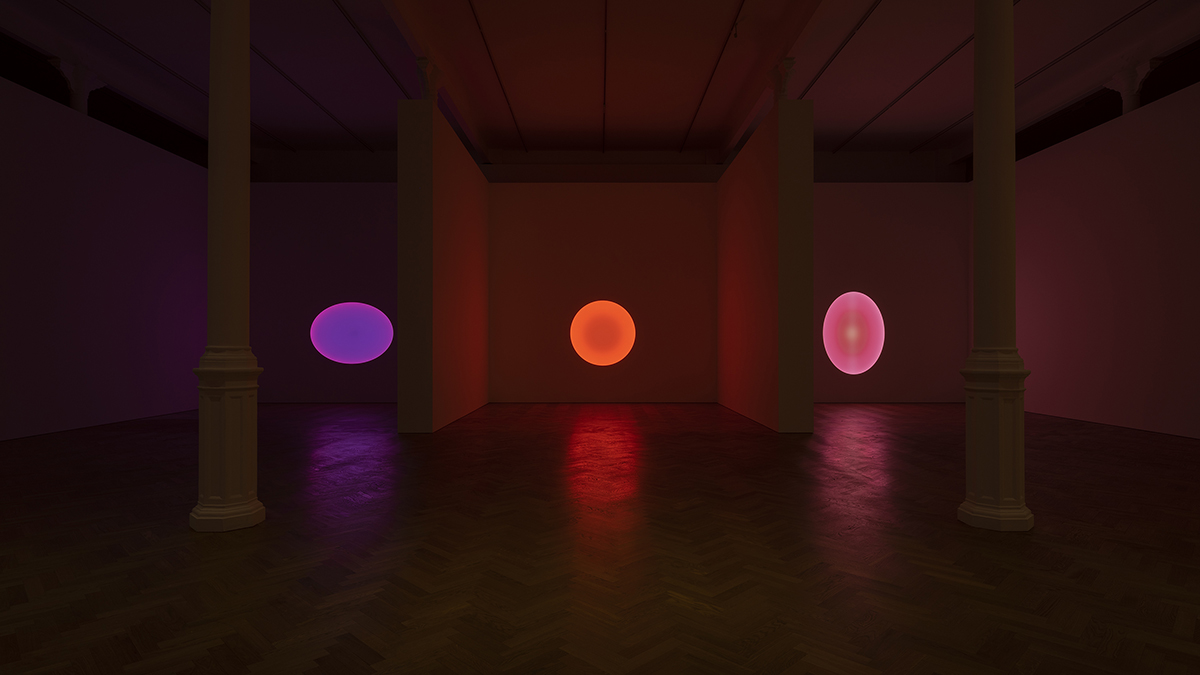



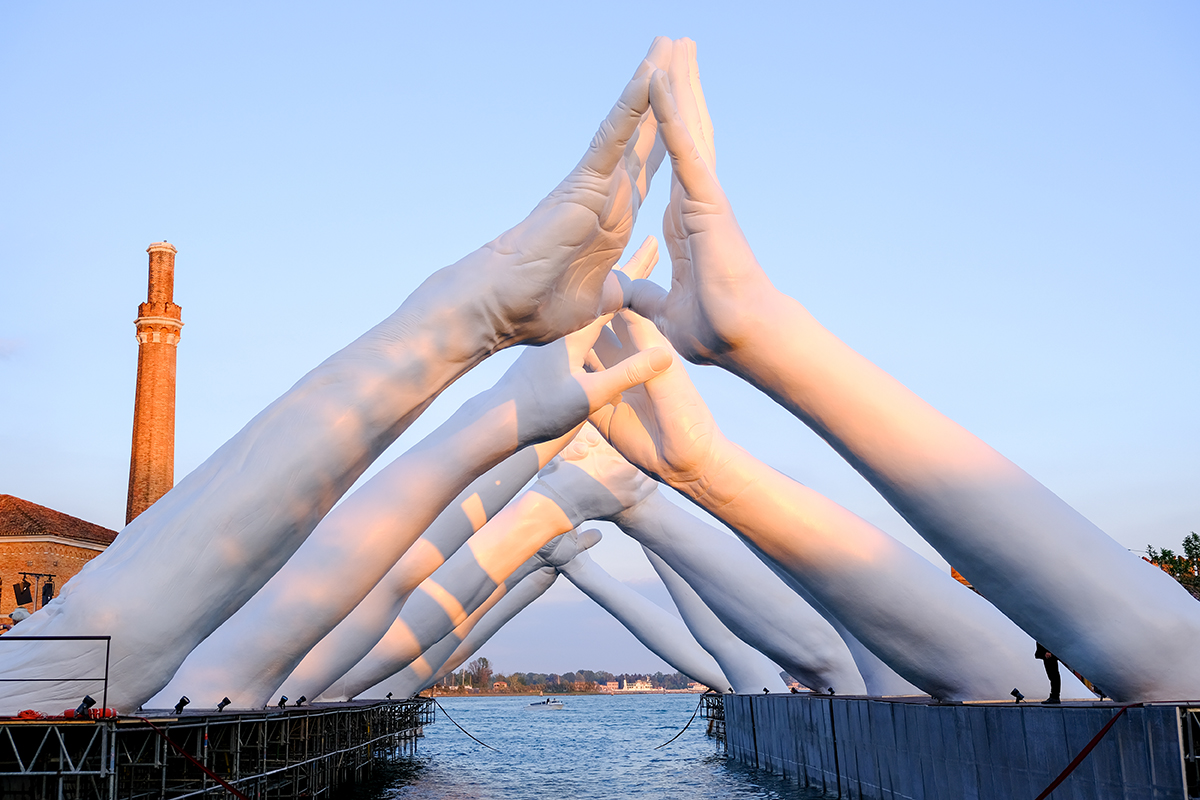
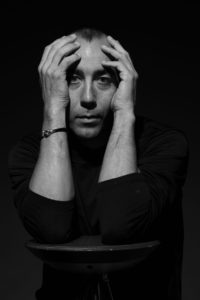



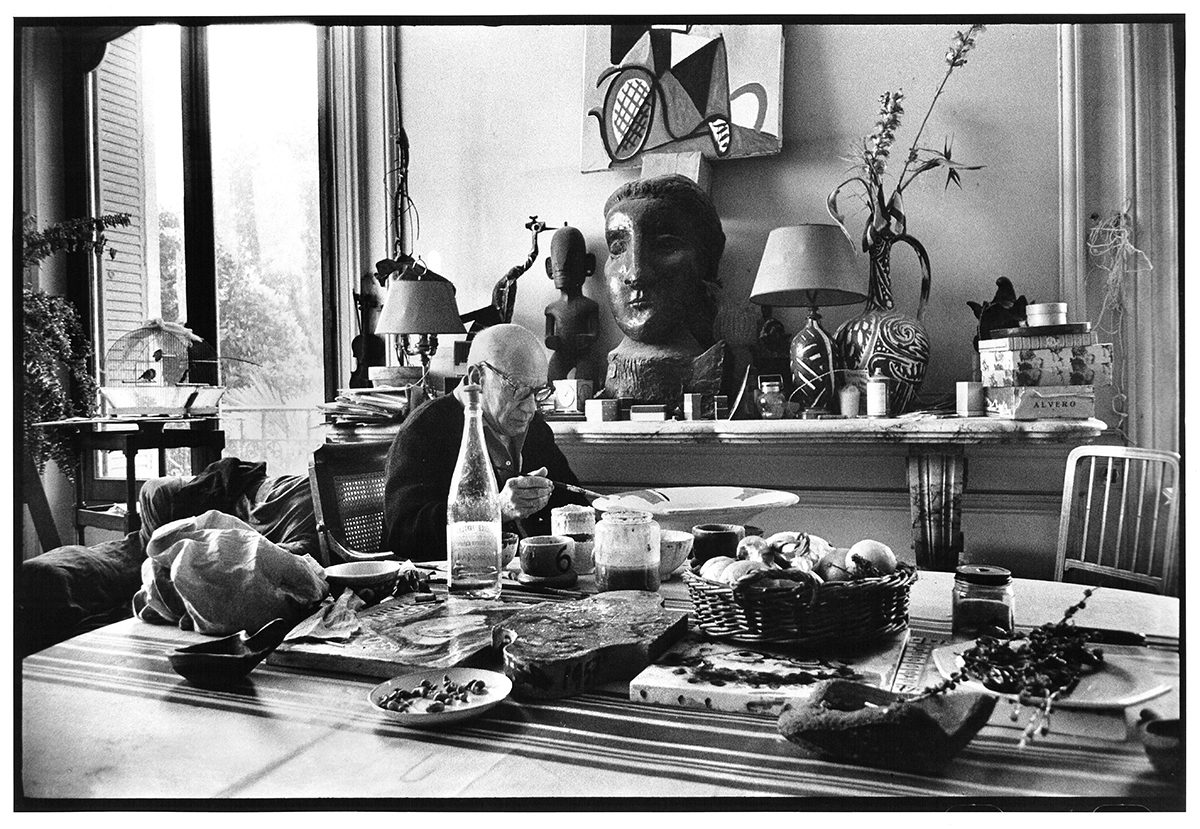







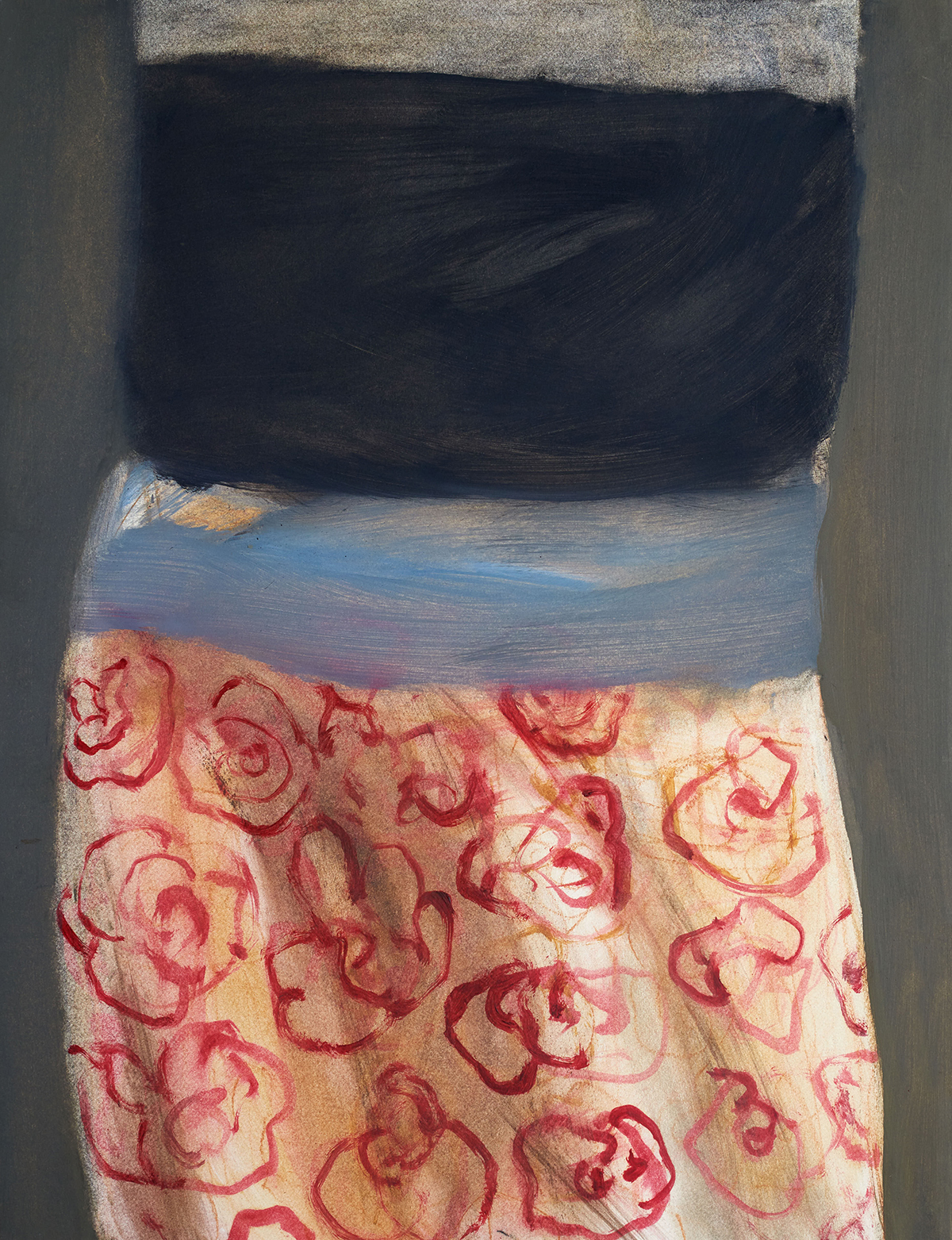











Recent Comments